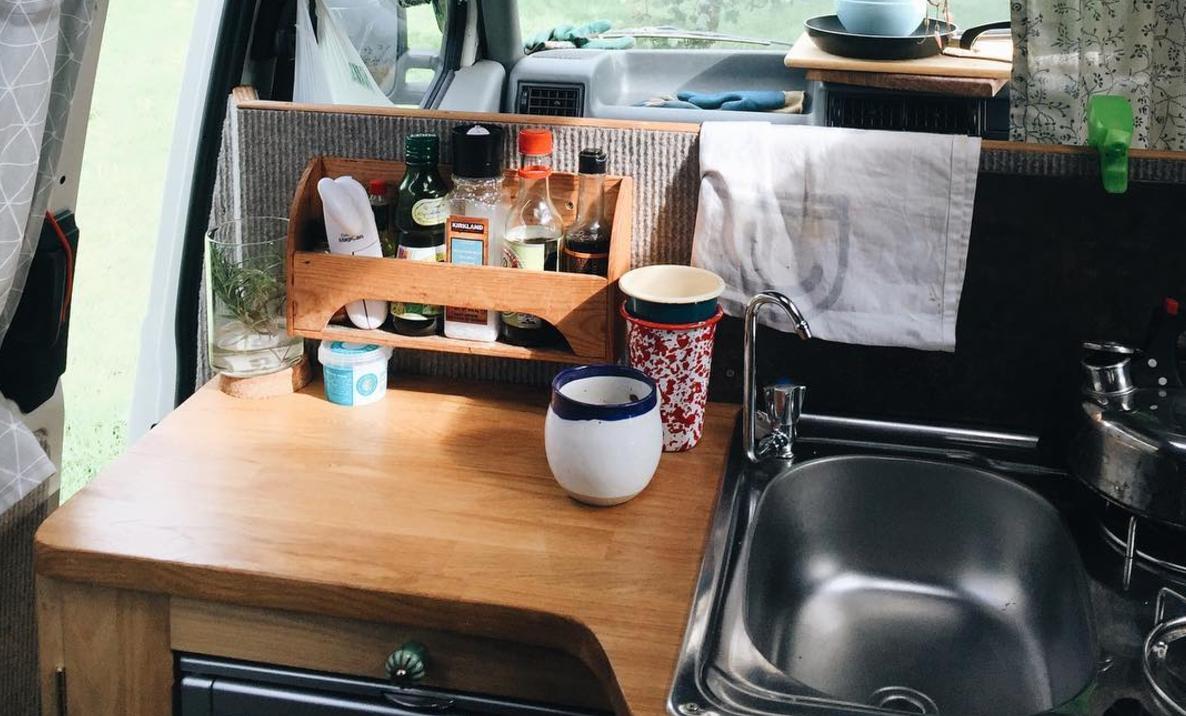skipdiver":2g23vkrv said:
Howdens sell Osmo Top Oil for their oak worktops but i'm pretty sure that it's just Poly-X under a different name. I hope so anyway as I've bought a tin of it.
Osmo aren't particularly forthcoming with their ingredients, so there's more speculation than fact when it comes to discussing the differences. However, I'm convinced there's some secret sauce in their products because I've run quite a few tests and Osmo is streets ahead of alternatives like Danish Oil (and even many varnishes) when it comes to stain resistance. I'm not alone in this conclusion, more and more professional workshops are abandoning Danish Oil type products in favour of Osmo.
Both stain and abrasion resistance are central to every Osmo product that I've used. But, when it comes to Top Oil versus Polyx, I
think the difference is this. Polyx is formulated
more towards abrasion resistance, and Top Oil is formulated
more towards stain and moisture resistance, they both deliver both qualities, so it's a qualitative difference rather than an absolute one. Furthermore, they're both food safe so they're both fine for worktops. For even more water resistance there's a separate Osmo product that can be used as a top coat, I forget the name but when you go through the catalogue it's obvious which one it is. On balance I prefer Polyx, I suspect that you get a
lot more abrasion resistance with Polyx, but only a
little more stain resistance with Top Oil. However, I won't pretend that this is based on masses of scientific evidence, and if someone presents more comprehensive tests than I've done I'd be open to changing my opinion.
There are three other groups of Osmo products that are worth mentioning.
There's a UV resistant product. It's different from everything else in the Osmo family as it's water based. I've tested it and it's
okay, by that I mean you do get some non yellowing benefit on pale timbers, but you're talking about slowing the process down by two or three years rather than any permanent advantage.
There's a thin oil product which has advantages on oily timbers like Rosewood, but who's using much Rosewood these days? Some makers claim it also delivers more pop to heavily figured timbers, I've seen it in action and let's say I remain to be convinced!
Osmo also offer a range of tinted products. The ones that are likely to be of interest to most makers are those with additives that claim to counter the yellowing of oil on pale timbers. This is a very attractive promise, and I've looked quite closely at these products. My conclusion is that they have radically different results on different timbers. What you'll get on Sycamore is very different to what you'll get on Ash, and they're both different to Oak. It's pointless me saying what's good and bad, because it's so subjective, but none the less I do use these products with some timbers but I won't bother with other timbers. Luckily you can buy small sachets of Osmo, so there's absolutely no excuse for not running your own tests!





































